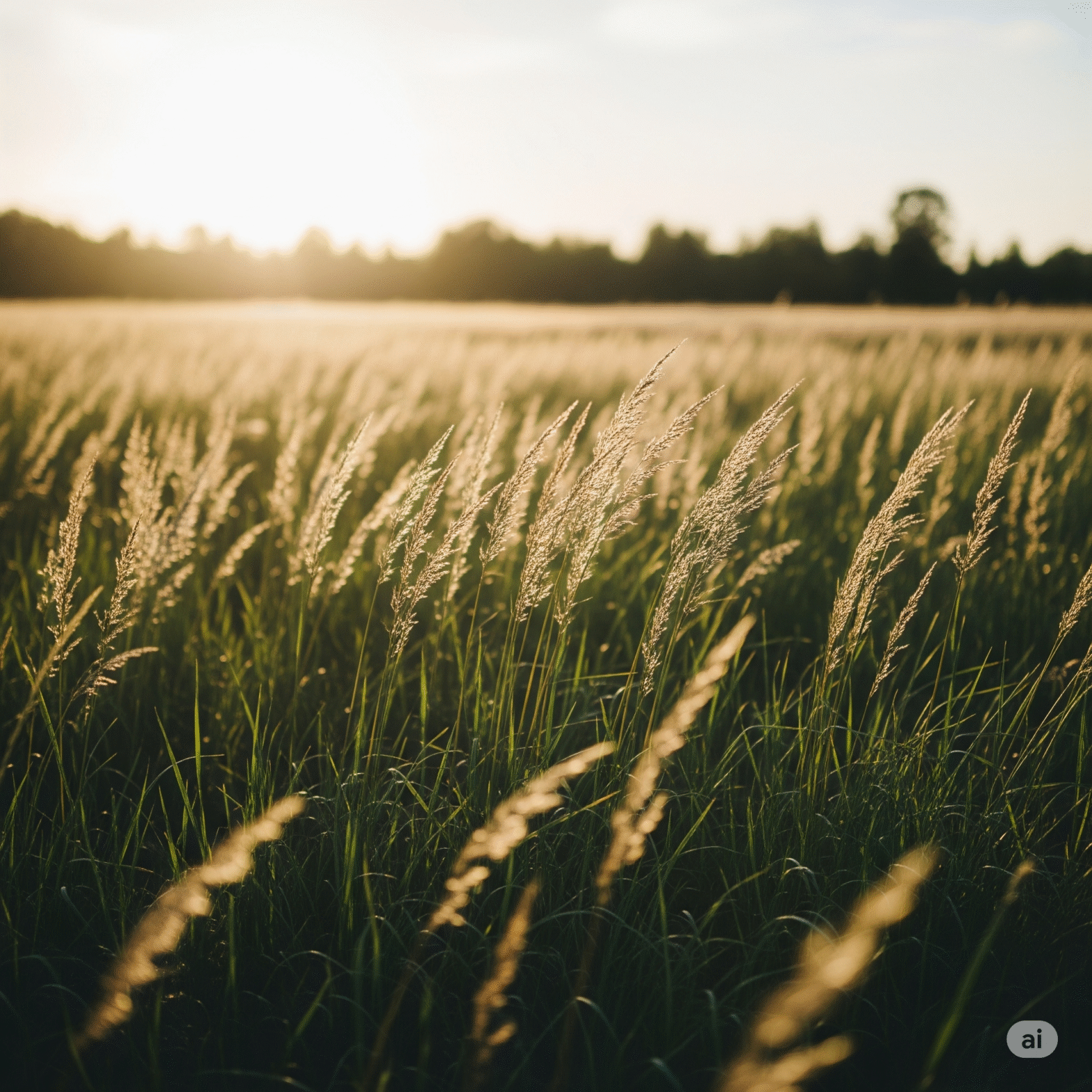Sometimes, as I am sitting outside I feel a gush of wind and at other times its calm, no breeze at all. I wondered, why is there any wind at all? We feel it, we hear it, we even harness its power, but what exactly creates wind?
Let’s break it down.
It All Starts with the Sun
The root cause of wind is the Sun. Solar energy heats the Earth’s surface, but not evenly. For example:
- Equatorial regions receive more direct sunlight than the poles.
- Land heats faster than water.
- Dark surfaces warm quicker than light ones.
This uneven heating creates differences in temperature and pressure across the planet.
From High Pressure to Low Pressure
Air moves from high-pressure areas to low-pressure areas in an attempt to balance things out—this movement is what we experience as wind.
Imagine you’re in a room with a closed door and someone opens a window. If the air pressure is higher outside, air will rush in. That rushing air is wind, on a small scale. On a global scale, the same principle applies, but it’s influenced by more complex forces.
Enter the Earth’s Rotation: The Coriolis Effect
Because Earth spins, moving air doesn’t travel in a straight line. Instead, it curves:
- To the right in the Northern Hemisphere
- To the left in the Southern Hemisphere
This twist in air motion is called the Coriolis effect, and it’s why we get swirling weather systems like hurricanes and cyclones.
Local Winds vs Global Winds
There are two kinds of wind systems:
1. Global Winds
These are large-scale wind patterns caused by the Earth’s rotation and uneven heating. Examples include:
- Trade Winds near the equator
- Westerlies in mid-latitudes
- Polar Easterlies near the poles
2. Local Winds
These are smaller and more temporary. You might recognize:
- Sea breezes (cool air from water moves inland)
- Land breezes (cooler air from land moves toward the sea)
- Mountain-valley breezes that change from day to night
When Winds Go Wild
Sometimes, wind becomes more than just a breeze. When pressure differences are extreme, wind speeds soar—leading to gales, storms, or even tornadoes.
Wind also plays a major role in weather, climate, and ecosystems. It helps distribute moisture and heat, shapes deserts and coastlines, and even helps pollinate plants.
Final Thought
So, why is there wind? It’s the planet’s way of balancing temperature and pressure—a natural response to the Sun’s uneven heating of Earth. While invisible, wind shapes our world in powerful and beautiful ways.
Next time the wind brushes your face, you’ll know why. Now, wasn’t that a breeze!

My question is not directly related. Why is there an atmosphere at all? Should not all the ‘atmosphere’ from all the planets be sucked into the vacuum of space? Since nature abhors a vacuum?
Gravity is the reason why there is atmosphere. Also, in the Earth’s case , an additional factor is its magnetic field which prevents the atmosphere from being stripped away by the solar wind.
The Moon, mercury and ceres have miniscule gravity and hence practically no atmosphere.
so what you are saying is that the more massive the object, the more the space distortion and the more the gravity and hence the presence of an atmosphere. Using that logic, any planet below a certain radius (and hence a certain mass – assuming equal density ) – will not be supportive of life-forms (assuming life forms are aerobic). Correct? Hence, it is futile to look for life on celestial objects < a certain radius. Is this true of astronomical science?
You are correct in your logic. However, there is (as always) a slight nuance to all of this. There are other factors like temperature, density and escape velocity which matter too.
1) Its not always purely about the radius. For example, Mars is only about half Earth’s diameter and 10% its mass, yet it once had liquid water and a thicker atmosphere.
2) Life is resilient as we have seen from many examples on Earth (some extremophiles on Earth live in subsurface oceans, under ice crusts, or deep in rock layers — largely independent of the atmosphere) itself and may not need an atmosphere. Moons like Europa (Jupiter) and Enceladus (Saturn) are small (radii ~300–1500 km), and lack atmospheres, yet are considered top candidates for hosting subsurface life (albeit anaerobic).
3) Life doesn’t need to be aerobic. The first life on Earth was anaerobic, and it thrived for billions of years before photosynthesis oxygenated the planet.
So, It’s futile to expect Earth-like, surface-dwelling aerobic life on small, atmosphere-less bodies but it’s not futile to look for life — especially anaerobic, subsurface, or chemically unique forms.
Thus astronomical science does not reject small bodies as potential abodes for life in general.
You state “…Its not always purely about the radius. For example, Mars is only about half Earth’s diameter and 10% its mass, yet it once had liquid water and a thicker atmosphere….” How come? Would the lesser mass not equate to lesser gravity – hence no (lesser) atmosphere?
Yes, you are correct in saying that lesser mass equates to lesser gravity. However, there were a few things going on on Mars which helped it sustain an atmosphere and water.
1. Volcanic Activity:
◦ Early Mars was volcanically active and may have released large amounts of CO₂ and water vapor into the atmosphere.
2. Magnetic Field (at first):
◦ Mars likely had a magnetic field in its early history, which would have protected its atmosphere from being stripped away by the solar wind.
3. Internal Heat:
◦ A hotter core and more active mantle early on might have driven tectonics and volcanism that helped sustain the atmosphere. This means that the rate at which it was spewing out gases was faster than the rate at which the gas was escaping into space.